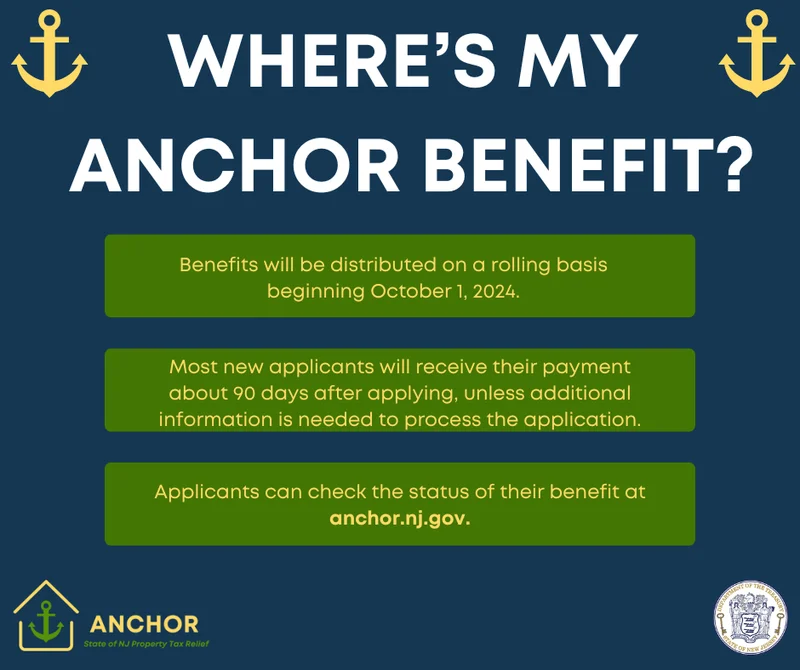The 5G Revolution: What It Actually Is and How It's Redefining Home Internet
I was looking at a picture from Shanghai Stadium, and it wasn't the sea of 80,000 cheering football fans that caught my eye. It was the glow of their phones. Tens of thousands of tiny screens, all simultaneously streaming, uploading, and paying for snacks without a hiccup. This wasn't just another successful event; it was a demonstration of how China Mobile Shanghai launches industry-first 5G-A network monetisation strategy with Huawei, and a quiet declaration that the race for raw speed is over. A new era has begun.
For the better part of a decade, we’ve been obsessed with a single metric: speed. The conversation around 5G internet has been dominated by a brute-force approach, a relentless push for higher gigabits per second. We’ve treated our networks like bigger and bigger pipes, assuming that if we just make the pipe wide enough, everything else will sort itself out.
But what I saw in Shanghai was something far more elegant, far more intelligent. It was the first, large-scale glimpse of a network that doesn't just deliver data, but understands intent. It’s a paradigm shift that will change everything.
The Dawn of the Experience Network
Let’s be clear about what China Mobile is actually selling. It’s a "5G-A Exclusive Package for Shenhua Football Fans." On the surface, it looks like a simple bundle: network acceleration, streaming access, and some team merchandise. But look closer. The real product isn't speed; it's a guarantee.
It's the guarantee that your QR code payment for a hot dog will go through instantly, even when 10,000 other people are trying to do the same thing. It’s the guarantee that the video of that incredible goal you just captured will upload to your friends now, not in twenty minutes when you get back to your car. This is made possible by what they call a differentiated experience—in simpler terms, it means the network can tell who you are and what you're trying to accomplish, and it can prioritize your connection to ensure you succeed.
Huawei’s AI-powered wireless boards are the secret sauce here. They aren't just dumbly pushing packets of data. They are making millions of micro-decisions every second, perceiving which users need low latency for a transaction versus which need high bandwidth for a stream. This is the kind of breakthrough that reminds me why I got into this field in the first place. It’s the transition from digital plumbing to a digital nervous system.
This raises a profound question that we need to start asking ourselves. If a network can prioritize a football fan's video upload, could it also prioritize a surgeon's connection for a remote operation over a teenager's video game? Could it ensure a self-driving car’s communication is inviolable while de-prioritizing a software update in the car next to it? The answer is yes. And while that power is incredible, it places an immense ethical responsibility on the architects of these new systems. We're not just building technology; we're building the invisible rules that will govern society.

The Hidden Superhighway Under Our Feet
While China Mobile is building this intelligent network of the future in gleaming new stadiums, another, equally brilliant revolution is happening right here in the US, and it’s happening in the most unexpected place: our old cable TV lines.
As Charter takes 5G-over-HFC to the test, they’re figuring out how to run high-frequency 5G signals over the same hybrid fiber-coax (HFC) network that has been delivering television and broadband to our homes for decades. When I first read about this, I honestly just laughed with delight at the sheer cleverness of it. It’s like discovering the old Roman roads are perfectly suited for maglev trains.
Think about it. The hardest part of deploying a dense 5G network—what you need for truly mind-blowing speeds and reliability—is getting the signal into every nook and cranny of a neighborhood. It requires digging up streets, running new fiber, and installing countless small cell towers. It’s expensive, slow, and messy. But the coax cable? It’s already there. It’s already wired into nearly every home and business.
Charter's "fiber-powered DAS" (Distributed Antenna System) effectively turns this ubiquitous network into one giant 5G antenna. It takes the 5G signal from a Nokia radio, funnels it onto the existing HFC lines, and then uses a special tap developed by Technetix to broadcast it out wirelessly—the scale of this idea is just breathtaking, it means we could blanket entire cities with hyper-dense 5G coverage using infrastructure we already paid for and installed years ago.
This isn't just an incremental upgrade. This is a historical echo of the moment we realized that the copper telephone lines laid for voice could carry the internet. That single insight gave birth to the dial-up era and connected the world. Charter’s plan to use coax for 5G is the 21st-century equivalent of that leap, a re-imagining of legacy infrastructure that could accelerate the deployment of next-generation 5G home internet by years. What other "old" technologies are we sitting on that are just waiting for a brilliant new application? Are there other hidden highways just waiting to be discovered?
While the major players like Verizon and T-Mobile are in an arms race to build new towers for their Verizon 5G Home Internet and T-Mobile 5G services, Charter is playing a different, and perhaps smarter, game. They're not just building; they're repurposing.
We're Not Building a Faster Internet; We're Weaving a Smarter World
For too long, we’ve been looking at the future of connectivity through a narrow lens. We’ve celebrated speed and bandwidth as the ultimate goals. But these projects in Shanghai and Denver show us the real path forward. The future isn't a single, monolithic network built from scratch. It's a beautiful, complex mosaic of technologies. It's an intelligent, AI-driven network in a stadium that understands what you need, and it’s a clever hack that turns your TV cable into a 5G superhighway. The next great leap isn't about brute force. It's about elegance, intelligence, and the profound power of human ingenuity. We are finally starting to build the network we were always promised.
-

Warren Buffett's OXY Stock Play: The Latest Drama, Buffett's Angle, and Why You Shouldn't Believe the Hype
Solet'sgetthisstraight.Occide...
-

The Great Up-Leveling: What's Happening Now and How We Step Up
Haveyoueverfeltlikeyou'redri...
-

The Business of Plasma Donation: How the Process Works and Who the Key Players Are
Theterm"plasma"suffersfromas...
-

Zcash's Zombie Rally: The Price Prediction vs. What Reddit Is Saying
So,Zcashismovingagain.Mytime...
-

NJ's ANCHOR Program: A Blueprint for Tax Relief, Your 2024 Payment, and What Comes Next
NewJersey'sANCHORProgramIsn't...
- Search
- Recently Published
-
- The Fight for Solar Incentives: What's Really at Stake and Why It's Our Biggest Opportunity Yet
- Scott Bessent's 'Price Floor' Plan for China: What We Know and Why It's Pure Insanity
- Salesforce (CRM) Stock Surges on $60B Revenue Target: What the Forecast Means and If the Numbers Add Up
- The SMR Stock Gold Rush: What's Behind the Army Deal Hype and Is It All Just Hot Air?
- United Airlines Stock Drops on Mixed Q3 Results: Analyzing the Earnings Beat and Revenue Shortfall
- COOT Stock's Breakthrough Surge: Why It's Happening and What It Means for Our Future
- Tech Giants' $40B Aligned Data Centers Acquisition: Why This Is a Turning Point for AI's Future
- Turkey's "Steel Dome" Defense System: What It Is and Why It's a Game-Changer
- Mantra: A Quantitative Look at the Psychology and Actual Impact
- Nasdaq Index: Performance, Key Drivers, and Future Outlook
- Tag list
-
- Blockchain (11)
- Decentralization (5)
- Smart Contracts (4)
- Cryptocurrency (26)
- DeFi (5)
- Bitcoin (29)
- Trump (5)
- Ethereum (8)
- Pudgy Penguins (5)
- NFT (5)
- Solana (5)
- cryptocurrency (6)
- XRP (3)
- Airdrop (3)
- MicroStrategy (3)
- Stablecoin (3)
- Digital Assets (3)
- PENGU (3)
- Plasma (5)
- Zcash (5)
- Aster (4)
- investment advisor (4)
- crypto exchange binance (3)
- SX Network (3)
- solar incentives (3)
